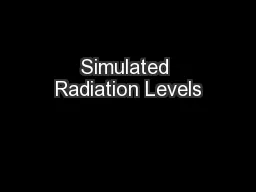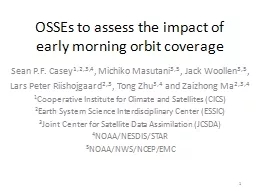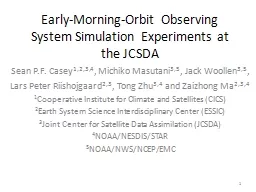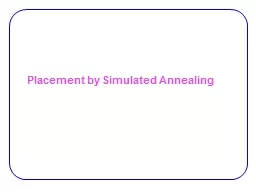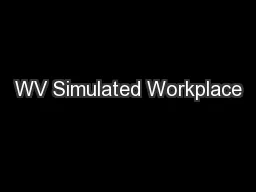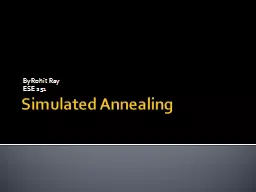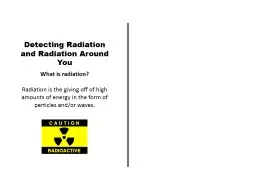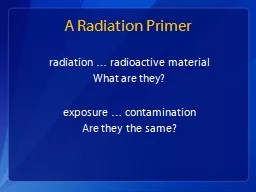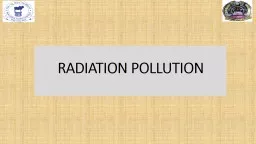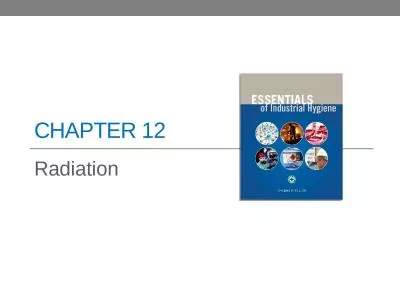PPT-Simulated Radiation Levels
Author : lindy-dunigan | Published Date : 2015-11-18
in IR1 and IR5 Calculations performed by the FLUKATeam in particular A Mereghetti amp F Cerutti M Brugger for the R2E Study Group RadWG Meeting July 3 rd
Presentation Embed Code
Download Presentation
Download Presentation The PPT/PDF document "Simulated Radiation Levels" is the property of its rightful owner. Permission is granted to download and print the materials on this website for personal, non-commercial use only, and to display it on your personal computer provided you do not modify the materials and that you retain all copyright notices contained in the materials. By downloading content from our website, you accept the terms of this agreement.
Simulated Radiation Levels: Transcript
Download Rules Of Document
"Simulated Radiation Levels"The content belongs to its owner. You may download and print it for personal use, without modification, and keep all copyright notices. By downloading, you agree to these terms.
Related Documents

